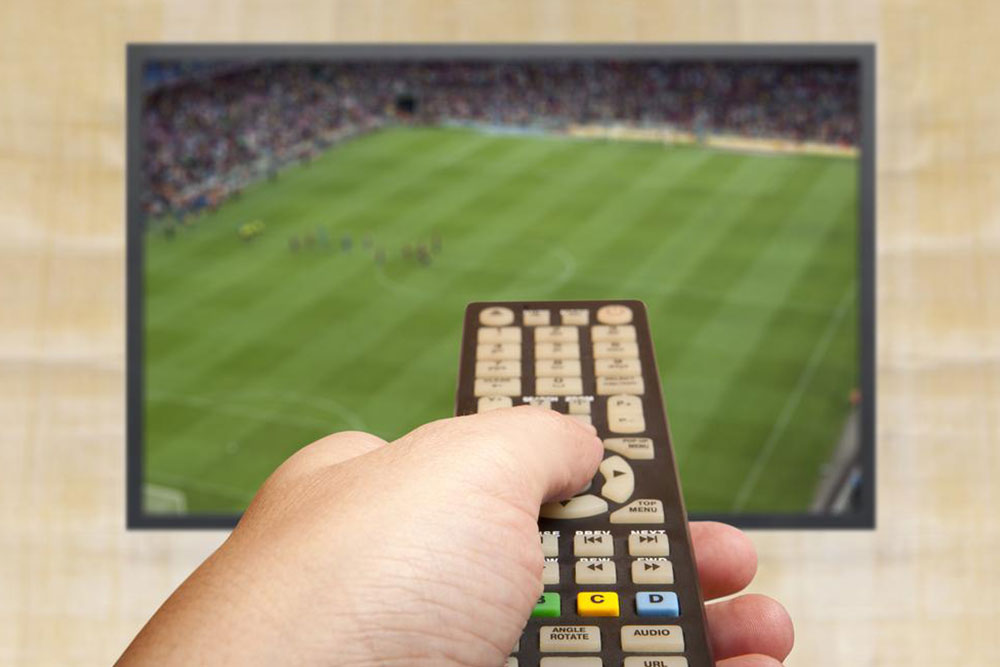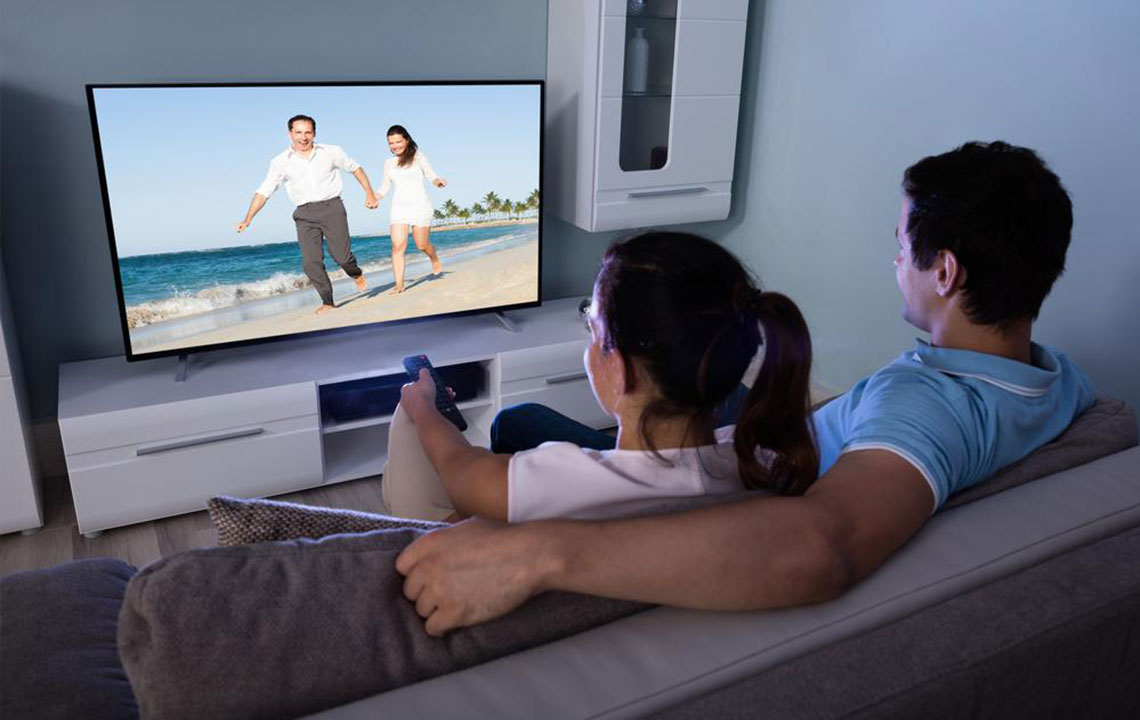Comprehensive Guide to Smart Televisions: Features, Benefits, and Future Trends
Discover the transformative features and benefits of smart televisions in this comprehensive guide. Learn how these multimedia hubs revolutionize home entertainment with internet connectivity, app integration, security features, and future trends. From sleek designs to voice control and smart home compatibility, explore how smart TVs are shaping the future of digital entertainment in modern homes.

Comprehensive Guide to Smart Televisions: Features, Benefits, and Future Trends
In recent years, the evolution of television technology has dramatically transformed how we consume media and entertainment. Among the most groundbreaking developments in this domain is the rise of smart televisions, commonly referred to as smart TVs. These devices have revolutionized the traditional viewing experience by blending high-definition display technology with advanced internet connectivity and interactive functionalities. As a result, smart TVs have become an indispensable part of modern households, catering to tech-savvy consumers seeking versatile entertainment options.
Smart TVs are more than just upgraded versions of conventional televisions—these are comprehensive multimedia centers. They combine crisp display screens with sophisticated operating systems, enabling users to access a wide range of internet-based services directly from their TV screens. Unlike traditional TVs that rely solely on external devices like cable or satellite set-top boxes, smart TVs have integrated features that allow for seamless access to streaming platforms, social media, web browsing, and interactive applications. This integration offers a unified experience that consolidates entertainment, communication, and information in one device.
The core capabilities of smart TVs revolve around their ability to connect to the internet via Wi-Fi or Ethernet. This connectivity opens the door to a vast universe of online entertainment options, including popular streaming services like Netflix, Hulu, Amazon Prime Video, and Disney+. Users can also enjoy live TV streaming, access cloud-based gaming, and download new applications from dedicated app marketplaces similar to mobile app stores. This flexibility ensures that the content available on a smart TV can be constantly updated and expanded, catering to diverse preferences.
To understand how smart TVs differ from other digital TV formats such as Web TV, IPTV, and Internet TV, it's essential to recognize their unique operational architecture. Web TV refers to accessing internet content through a conventional television using external devices or browser interfaces. IPTV (Internet Protocol Television) involves streaming television content directly over internet protocols, often provided via specific service providers. Internet TV is a broader term encompassing all internet-based television content. Conversely, smart TVs operate with embedded operating systems, similar to smartphones or computers, which facilitate app downloads, firmware updates, and user interface customization. This built-in operating system allows users to install a variety of applications, customize their viewing experience, and upgrade functionalities over time.
Another advantage of smart TVs is their ability to integrate with a wide range of external devices. Compatibility with gaming consoles, media players, smartphones, tablets, and smart home devices extends the entertainment possibilities. Users can mirror their smartphones’ screens, stream content directly from their devices, or control their smart home appliances through the TV interface. This interoperability makes smart TVs a central hub in the connected home ecosystem, enhancing convenience and functionality.
Security and privacy considerations are also crucial when adopting smart TV technology. Concerns about data privacy, unauthorized access, and content restrictions are common among consumers. Fortunately, most smart TVs come with built-in security features and parental controls that enable users to restrict access to certain content, block specific websites, or manage device permissions. Manufacturers continually update the firmware to patch vulnerabilities and improve security, ensuring that users can enjoy smart TV functionalities safely and confidently.
From an aesthetic perspective, modern smart TVs are designed with sleek, minimalist aesthetics that complement contemporary decor. Screen sizes have expanded significantly, ranging from compact 32-inch models suitable for bedrooms to massive 85-inch screens perfect for home theaters. High-resolution displays, including 4K and 8K Ultra HD options, deliver stunning picture clarity and vibrant colors, elevating the viewing experience to cinema-like quality. Additionally, integrated features such as HDR (High Dynamic Range), Dolby Vision, and advanced refresh rates contribute to enhanced visual performance.
Smart TVs are also equipped with voice recognition technology, allowing users to control their devices using voice commands. Compatible with popular virtual assistants like Amazon Alexa, Google Assistant, and Apple Siri, voice control simplifies navigation, content search, and device management. This hands-free operation aligns with the growing trend toward smart, automated homes, where convenience and accessibility are prioritized.
As the technology continues to evolve, future trends in smart TV development point toward increased integration with artificial intelligence, machine learning, and automation. These advancements could enable personalized content recommendations, adaptive picture settings based on ambient lighting, and smarter voice interactions. Additionally, the development of more energy-efficient components and sustainable manufacturing practices will likely shape the industry's trajectory towards greener, more eco-friendly solutions.
In conclusion, smart televisions have dramatically enhanced the ways we access and enjoy digital content. Their multifunctionality, seamless connectivity, and innovative features make them a central component of the modern entertainment landscape. Whether used for streaming movies, browsing the internet, gaming, or controlling smart home devices, smart TVs offer a comprehensive, cutting-edge experience that appeals to a broad spectrum of consumers. As technology advances, the capabilities of smart TVs will continue to expand, promising a future where entertainment is more interactive, personalized, and integrated than ever before.





